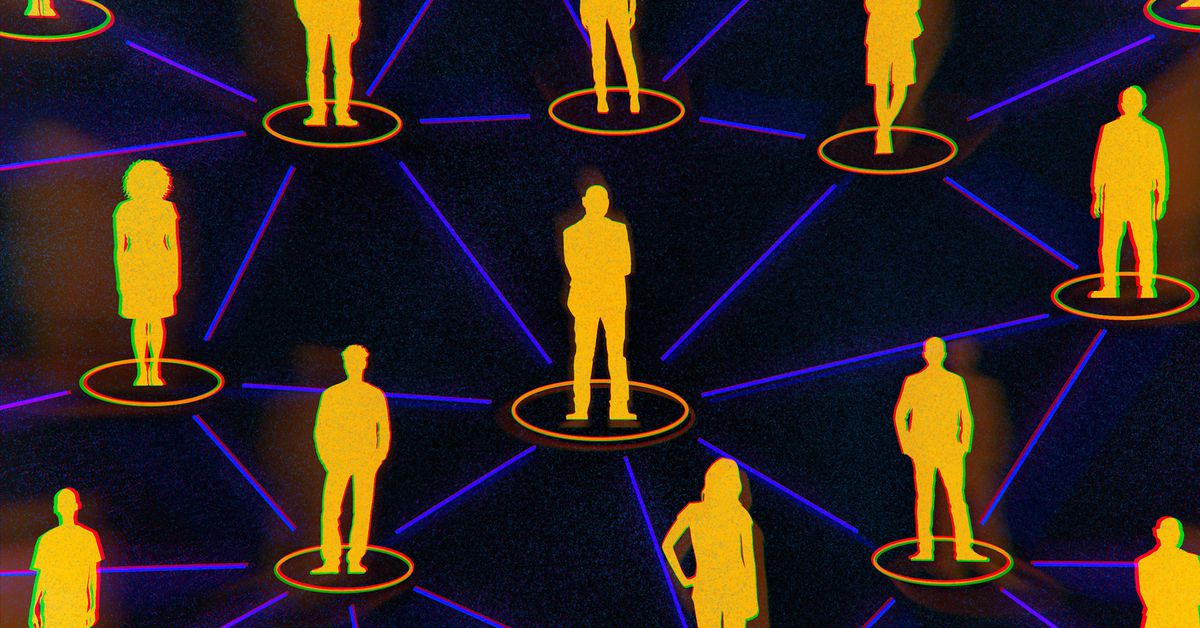
She’s the chair of the National Center for Data to Health (CD2H), a National Institutes of Health program that works to improve collaboration and data sharing within the medical research community.
The solution Haendel and CD2H landed on sounds simple: a centralized, anonymous database of health records from people who tested positive for COVID-19.
Researchers could use the data to figure out why some people get very sick and others don’t, how conditions like cancer and asthma interact with the disease, and which treatments end up being effective.
Patient health records are fairly accessible to scientists — under health privacy laws, the records can be used for research as long as identifying information (like names and locations) are removed.
But it can be risky for institutions to share and combine their data, Wilcox says.
Moving data outside of the control of an organization risks a data breach, which could lead to patient mistrust, open the institution up to legal issues, or create other competitive disadvantages, he says?
Do we want to participate in it?†Wilcox says.
The companies that make the software for electronic health records, like Epic, also don’t make their strategies for storing data available to outside researchers.
“If you want to practice open science with clinical data, which I think many of us do, you’re not going to be able to do that with the data formatted in the way that the electronic health record does it,†she says.
Countries like the United Kingdom, which have centralized health care systems, don’t have to deal with the same problems: data from every patient in the country’s National Health Service is already in one place.
“Then her health record has a chance to get caught by our net, because what our net is looking for, among other things, is a positive COVID test,†Pfaff says.
Then, it’ll get pushed into the N3C data enclave, undergo a quality check, and then — without her name or the name of the institution the record came from — be available for researchers.
The first thing they’re hoping to do, she says, is figure out just how many people had the virus when they gave birth — only a few hospitals have published that data so far.
“When you’re gathering data across the nation, you have a bigger population, and can look at trends in those rarer conditions,†Walden says.
If all goes well with N3C, the project could offer a blueprint for better data sharing in the future
“Five years from now, the greatest value of this data set won’t be the data,†Wilcox says